At sedu students learn in VR how to design curtains
Sedu and 3DBear co-created a VR environment for an exam section in creating interior textiles within the vocational studies in Textiles and Fashion. In the VR environment the students can practice designing curtains and learn the process stages from meeting and listening to the needs of the customer to designing and measuring the curtains.
The purpose behind producing the VR content is to make studying versatile and offer the students an opportunity to practice on their own. The teachers of Sedu see the VR content as a wonderful opportunity for a student to practice client service and to prepare for real-life client meetings in advance. In Sedu the VR content is being used both in guided classroom teaching and independent distance learning.
The students will learn how to face the customer and listen to the customer needs.
The VR content was developed according to the 3DBear’s co-creation process. The beginning of the co-creation seemed challenging for the Sedu’s personnel involved in the process due to the fact that the virtual learning environment was something never seen before. “No one in our department had previous experience in an environment like this”, the participating Sedu’s teachers say. However, with help from 3DBear the process went on smoothly: “Rasmus from 3DBear provided us with exceptional support in writing the script and building the content, after which it was comfortable for our team to continue working on our own”, the participants from Sedu say. Sedu found the development process quite educational: for example, the significance of the script for the successful outcome crystallized during the process. Sedu’s teachers say that they learned substantially from the process, and that it is now going to be easier to take on further projects. During the development process technical expertise of the Sedu eKampus team was combined with the substance knowledge of the teachers, and all that is reflected in the outcome.
Rasmus Borg from 3DBear holding a planning workshop for the VR environment.
When the VR environment was put to use, valuable feedback to support its further improvement was received. The content was seen as a good option for studying by the students, and there were evident learning results after completing the VR environment. The content will be improved further based on the experience. The expertise gained in building VR environments during the project will ensure that the personnel will be able to further develop the content without assistance from 3DBear.
The VR development concerns the whole Sedu, and the eKampus project in particular. “In Sedu, we have put several VR environments to the test and considered their role as working spaces within eKampus. We are now building and designing the VR roadmap”, Minna Haasio, the senior developer in Sedu says. According to Minna, Sedu wants to expand their teachers’ perspective to utilize the VR technology in their own work. The furthermost progress in VR technology in Sedu is in the world of driving simulators, logistics, catering, and health and social care. In Sedu there is a good understanding of the fact that digitality is reality, and the development goes on. The VR development in Sedu is also processed in numerous seminars and workshops.
Authors:
Sedu lecturers Tuire Karvala, Ulla Åby and teacher Jaana Pannula
Sedu Senior Developer Minna Haasio
Translated into English by Olga Harrison 3DBear




